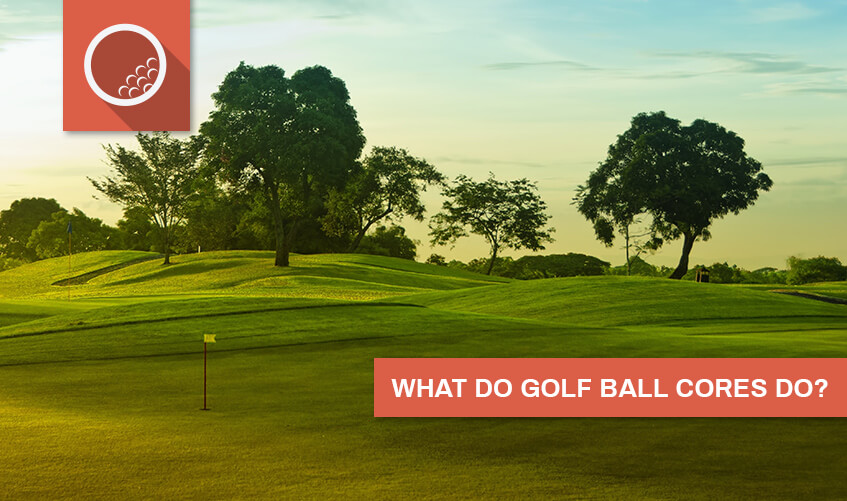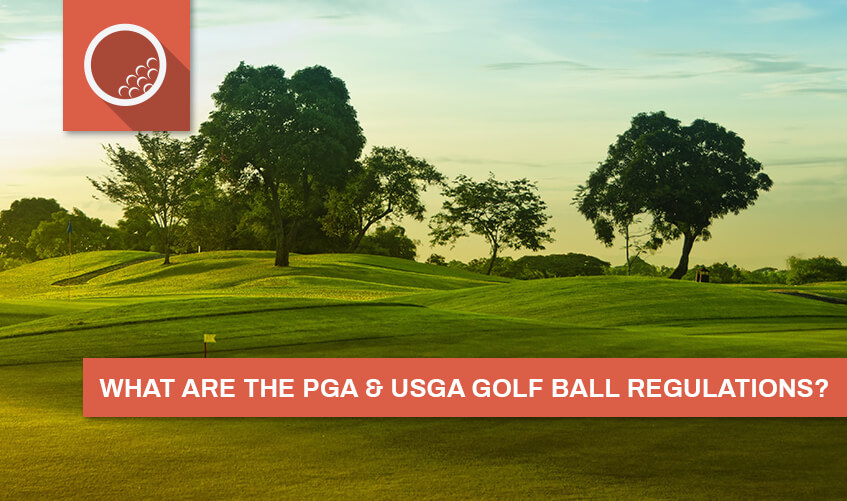How do I spin a golf ball to improve my score?
How to Spin a Golf Ball
Spin means different things to different players; experienced sportsmen seek a high spin rate for better distance control and the ability to “work” the ball – a.k.a turning the ball to the right or left as the shot dictates. Reversely, for a lesser skilled individual, a low spin variation is ideal as they will fly further off the tee while avoiding accentuating accidental curves.
For every level of player, high spin is desirable on the scoring shots – i.e., when you use the short irons and wedges to launch into the green. The proper amount of rotation will enable a golfer to control the ball’s flight and either bring it to a stop when it lands or have it travel backwards.
Mastering the Back Spin
Backspin only works when the ball is struck cleanly with no grass or dirt picked up between the clubface’s grooves and the ball itself. A slightly descending stroke ensures that it is the ball struck first and not the ground. Those are the simple mechanics involved, but a few other conditions must be met for optimum results.
- Cleanliness. The grooves on your club must not be worn and the club must also be clean (this is where golf towels can be handy).
- Focus on the Left. During the swing, your body weight should favor your left side and you should begin the movement with your hands ahead of the ball and the butt of your shaft pointing towards your left hip.
- Do Not Follow Through. Cut off your follow through rather than continuing to a full finish. You must keep club head speed motoring throughout the shot.
These influencers are within control when you’d like to generate back spin from the rough, pitch or wherever you lie. Unfortunately, golfers aren’t able to dictate all elements that lead to a superb back spin.
Playing the Course
The golf course’s condition can be your best friend or worst enemy. To understand when it is best to spin the ball, you must have a grasp of your external surroundings.
- Greens. We have all seen professional golfers pull back iron shots with awe-inspiring results as the ball expertly dances about the green. Don’t be fooled though, as those grounds are perfectly manicured and watered to accept high spin shots; most likely, you won’t find such top tier conditions in your local area.
- Fairways. The fairways we play on are not always tightly mown. You may have heard the term “flier lie”; this refers to any lie wherein grass will undoubtedly come between the clubface and the ball, thus reducing the spin and predictability of the ball’s flight path. Obviously, any ball in the rough is in danger of “flying” but it can happen as well on shaggy fairways.
Choosing the Right Ball
There is one more factor you can control in your quest for high spin shots with your choice in golf balls. It’s important to keep in mind that the only way you will actually be able to spin a golf ball is if it’s soft-covered – a hard-covered ball is much more difficult to spin.
Try this: Rummage through your bag and take a handful of different balls to the putting green. Line them up ten feet from the hole and start putting each one with the same stroke. The softer balls will stop a good foot shorter than the harder balls.



